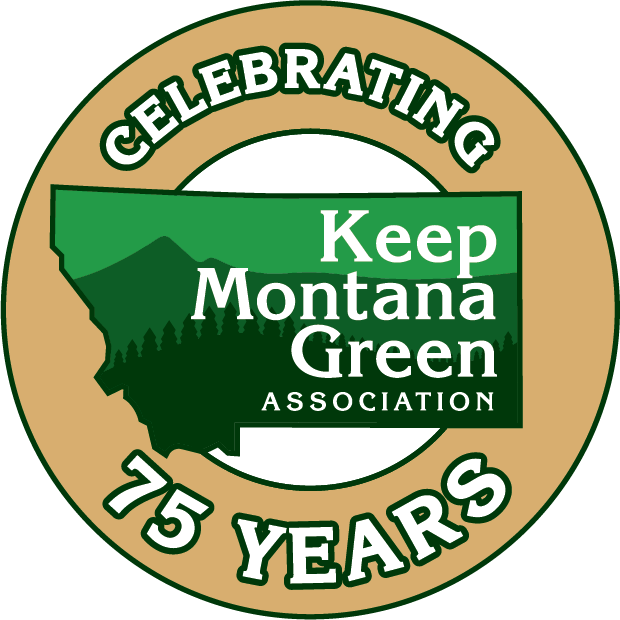Debris Burning Fire Prevention
Avoiding Wildland Fires
Low Moisture, windy days plus spring burning is a great equation for wildland fires.
Burning is a great way to clear dead vegetation and clean up. Before you light up this spring, take the necessary precautions to ensure your burn does not become the next wildfire. Obtain a permit or contact local authorities, burn early in the day and check weather for afternoon or next day wind conditions. Keep your piles small and don’t burn trash. Be sure to have adequate equipment, assistance and water supply with you and always make sure the area is cold to the touch before leaving. Checking the following day is also important as stumps or roots may be holding heat that could re-ignite. If a fire does get out of control call 911 immediately.
Debris Burning Resources
News Article Fire Prevention Debris Burning (PDF)
Debris Burning Safety Tips Poster (PDF)
Debris Burning Info Graphic (PDF)
One Less Spark Think Before You Burn Flyer (PDF)
One Less Spark Debris Burning Newspaper Ad (PDF)
Debris Burning Radio PSA (mp3)
Campfires
Drown, Stir, Drown, Feel
Whether in the backyard or backcountry, campfires are an essential form of outdoor recreation. However, they are also one of the leading causes of wildfire. Follow these tips to help prevent the next Montana wildfire:
Before you build a campfire, visit MTFireInfo.org to check for any local fire restrictions.
Use an established fire ring, clear away all combustible material from outside the ring, and only burn logs that fit inside the ring.
NEVER leave a fire unattended.
When you are finished, drown your campfire with water, stir, drown again, and feel to make sure it is cold to the touch.
A fire is not considered to be out until you can safely touch it with your hand.
Resources
Lawn and Farm
HELP PREVENT EQUIPMENT-CAUSED WILDFIRES
Lawn and farm equipment-caused wildfires are common during dry seasons; just one small spark can ignite dry grass. For examples, a lawnmower blade that strikes a rock can send a shower of sparks into dry vegetation. Firefighters are asking for your help in reducing equipment-caused wildfire ignitions. By following these simple guidelines, you will help to prevent a costly and potentially devastating wildfire:
PREVENTATIVE GUIDELINES
Get an early start! Start clearing grass and vegetation before 10:00 a.m. After 10:00 a.m., temperatures rise, humidity drops and winds increase.
Clean and maintain your equipment by keeping exhaust systems, spark arrestors and mowers in proper working order and free from carbon build-up. Spark arrestors are required on ALL portable, gasoline-powered equipment; including tractors, harvesters, chainsaws, weed-eaters, mowers, motorcycles and all-terrain vehicles.
Clear dry vegetation away from your cutting, welding or grinding site. Work on a firebrick or concrete floor in an enclosed area; these substances are fire-resistant and eliminate fire spread.
Keep motorized equipment engines free of oil and dust. Hot exhaust pipes and mufflers can easily start fires that you may not see until it’s too late!
Use string vegetation trimmers to cut tall, dry grass.
Prior to mowing or disking, walk the area and remove rocks and debris before using mowers or clearing tools/equipment. A rock or large debris hidden in tall grass could ignite a fire if struck by a metal blade. When operating the equipment, always look behind you to check your work site.
Keep a cell phone, plenty of water, a shovel and a fire extinguisher with you in the event a fire starts. If a fire starts, call 9-1-1 immediately!
ADDITIONAL RESOURCES
Watch for Sparks Combine Flyer (PDF)
Watch for Sparks Dozer Flyer (PDF)
Watch for Sparks Feller Buncher (PDF)
Lawn and Farm Equipment Press Release Template (.docx)
Harvesting Public Service Announcements (.docx)
Hunting And Shooting
Help Stop Hunting and Shooting-Caused Wildfires
Fall weather and hunting season are in the air, if we are not careful smoke can be as well. Firefighters want to remind you that vegetation is dry and wildfires can occur. Do your part to ensure that you do not start a wildfire. Before constructing a fire, check local fire restrictions and weather conditions. Be responsible and incorporate these tips to have a safe and enjoyable fire:
Constructing your warming fire:
Clear away all leaves and other combustibles from your fire circle.
Do not build a fire underneath overhanging branches, against a stump, or directly on organic matter.
Stash your firewood a safe distance upwind of your fire.
Never leave your fire unattended.
If you are visiting from out-of-state, please use local firewood to prevent the spread of invasive forest pests. Visit Don’t Move Firewood
Extinguishing your warming fire:
Drown the fire with water. Make sure all embers, coals and sticks are wet.
Stir the remains, add more water and stir again. Be sure all burned material has been extinguished and cooled. If you do not have water, use dirt. Mix enough soil or sand with the embers. Continue adding and stirring until all material is cooled.
Feel all materials with your bare hand. Make sure that no roots are burning. Do not bury your coals.
If you used charcoal briquettes, "dunk ' em!" Don't sprinkle them around. Soak the coals with water; stir them and soak again. Be sure they are out cold. Carefully feel the coals with your bare hands to be sure they are cold to the touch.
Hunting Fire Prevention Resources:
Hunting Fire Safety Tips Poster (pdf)
Hunting One Less Spark News Release Template (doc.)
Warming Fire One Less Spark News Release Template (doc.)
DNRC Hunting News Release Template (docx.)
Shooting Resources
Shooting Safe One Less Spark News Release Template (doc.)
One Less Spark Shooting Flyer (PDF)




